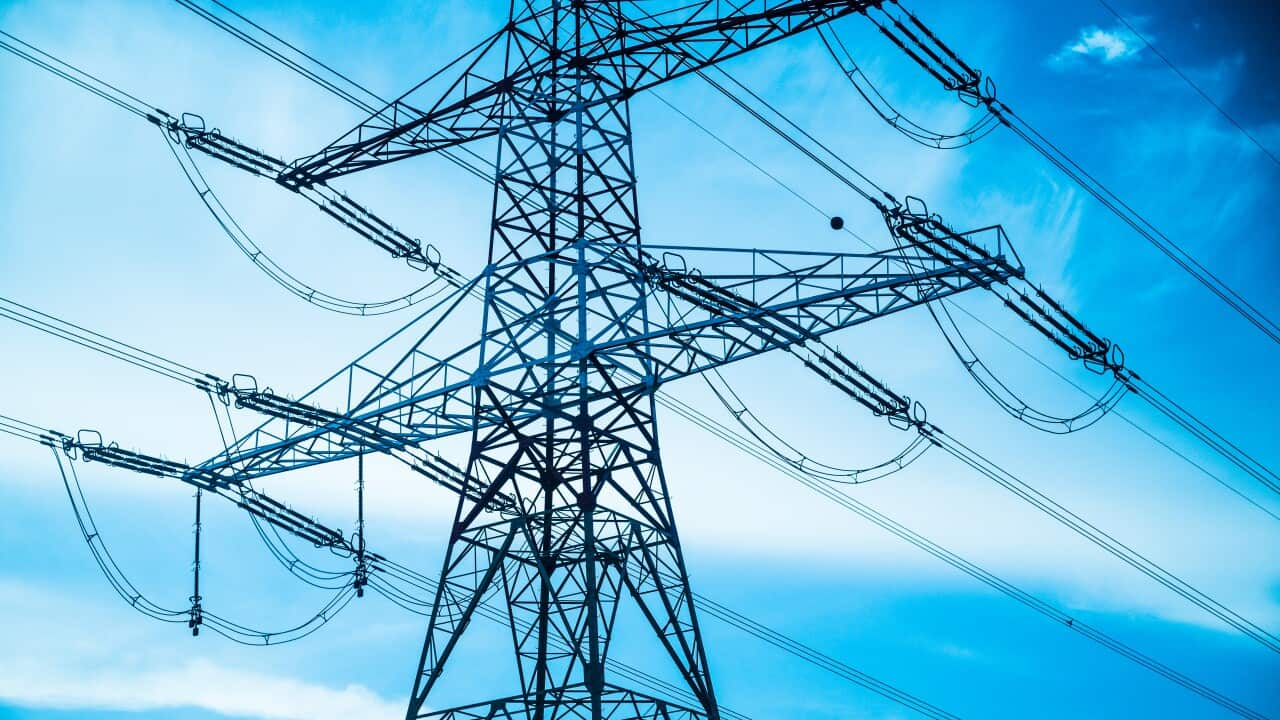Key Points
- Australians will have to weather major increased energy costs.
- The government said it spared people from a worse case scenario but acknowledged this will hurt families.
- Victoria, which operates a separate price cap, could see the highest increases, percentage wise.
Australian households will face steep electricity price hikes in the coming months as power costs jump as much as 30 per cent in some states.
But the increases will be less steep than those foreshadowed before the government stepped in to cap coal and gas prices in an attempt to rein in skyrocketing power costs.
The Australian Energy Regulator on Wednesday released its draft default market offer decision for the 2023/24 financial year, which foreshadowed residential electricity price increases of between 19.5 and 23.7 per cent depending on the state and provider.
The default market offer represents the maximum price energy retailers can charge residential and small business customers in NSW, South Australia and southeast Queensland.
The vast majority of customers are on lower, discounted rates, but the default offer also serves as a benchmark for wider prices.
The regulator said default offers for residential customers in NSW were expected to increase by between 20.9 per cent and 23.7 per cent, while prices would be up nearly 20 per cent in southeast Queensland and 22 per cent in South Australia.
It estimated small business customers could face price increases of between 14.7 per cent to 25.4 cent depending on their regions and providers. A final decision on the offers will be made in May.
Without the government's energy market intervention, the regulator had warned the residential offer could increase by more than 50 per cent in some regions.
Victoria, which operates a separate electricity price cap, also released its draft default offer on Wednesday with proposed increases of more than 30 per cent in annual bills for domestic and small business customers from the start of July.
More than 450,000 customers across the state are currently on the default offer.
In regional Queensland, the draft price increase is 28.9 per cent for a typical residential customer and 26.1 per cent for small business users, although the figures are expected to change in a final determination from the state's competition watchdog.
Energy Minister Chris Bowen said the government had shielded Australians from the worst of predicted electricity price rises, but the increases would still be a challenge for families facing soaring living costs.
"The government, faced with large increases in the (default market offer), urgently acted to curb spiralling prices of gas and coal and shield Australian families and businesses from the worst of these energy price spikes," he said.

Energy Minister Chris Bowen has acknowledged the rate increases will be tough for Australians. Source: AAP
Australian Energy Regulator head Clare Savage said there had been unprecedented volatility in wholesale electricity markets due to high coal and gas prices and outages at coal-fired power plants.
"We know this (price increase) is difficult news for customers who are facing cost-of-living pressures ... 20 to 22 per cent is still a significant increase, but it is much lower than it would have otherwise been," she told ABC Radio.
Up to 40 per cent of the default offer was based on the cost of generating electricity and this had been the largest driver of higher prices for the coming financial year, the regulator said.
Ms Savage said the regulator had to balance the need to protect consumers from unjustifiably high prices with the need to ensure retailers could recover their costs and provide competition.
She said discounted offers tended to follow default prices in rising, but customers should shop around to find the best deal.











